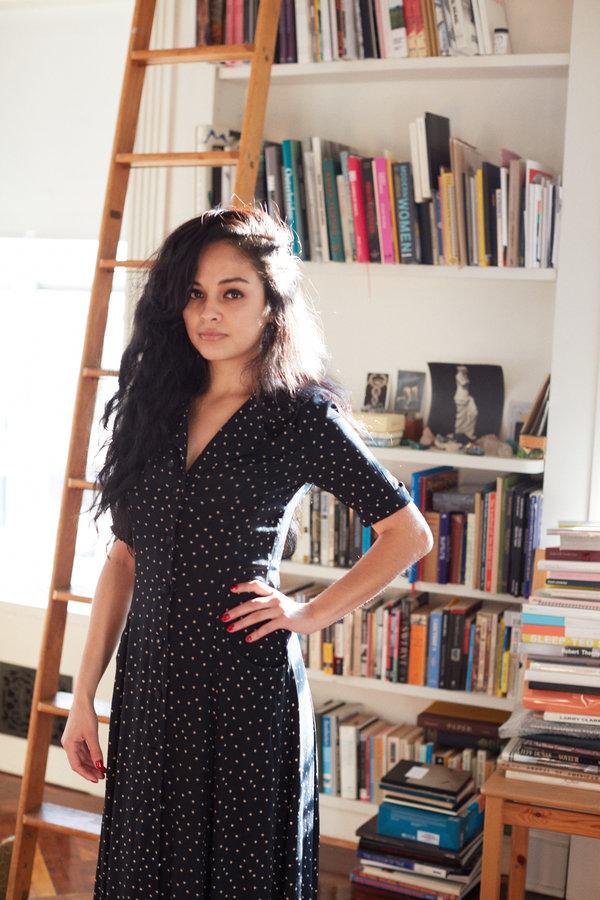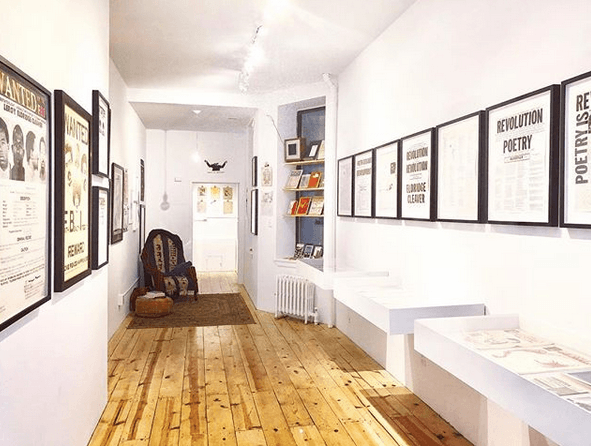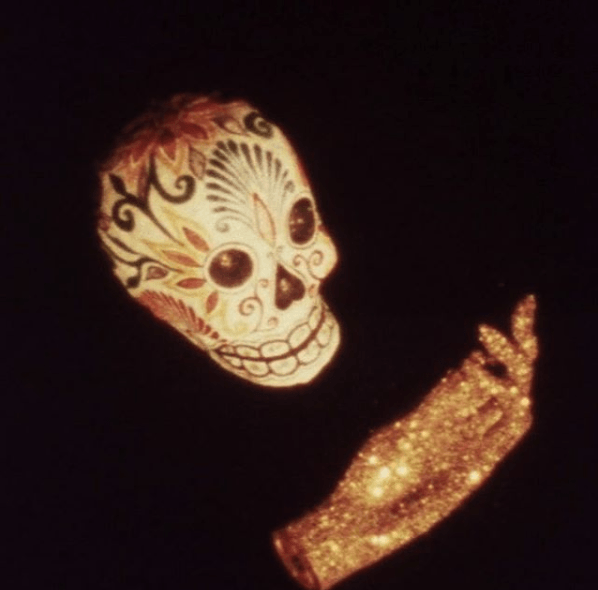
In Conversation
-
NameFabiola Alondra
-
Creator ofFortnight Institute
-
LocationNew York City
-
You're a phenomenal curator—from your gallery to your collection of rare books to your instagram—what's your secret?
I don’t have a particular secret but I do find myself frequently leaning towards history, what came before, and how the past connects to our present. Curating often happens spontaneously and naturally. I’m fascinated by images, their histories and how they’ve traveled through time into our current context. I think about how certain images, symbols, and objects might have been perceived and used in other eras. It’s like time- or mind-traveling if you will.
When it comes to my gallery, my Instagram, and my personal collection, I like to think of myself as an archeologist. Before getting into the art world I dreamt of being an archeologist. I’m always “excavating” images, art, books, and places. It’s a way for me to learn and keep the spirit of curiosity alive.
My process usually starts with books. I’ll be reading something and come upon a specific word or image that I’ve never heard or seen before and that leads to research. I’m interested in symbolic, occult, and mysterious imagery. I like that throughout time these visuals meant different things to different people—or groups of people—and that they continue to affect us in new and different ways. Images are messengers. For example, the symbolic image of the Caduceus is something I have been thinking and reading about recently because I kept seeing it during my trip to Italy this summer. It comes from the ancient Mesopotamians and continues to be used today as a symbol for medicine. The layers of meaning and transmutations over thousands of years is mind-blowing.
-
You grew up in Mexico City where death is more celebrated than taboo. How have rituals like Dia de Los Muertos influenced you?
I recently purchased an encyclopedic-sized book on death called “Death: a Graveside Companion,” which I know sounds a bit morbid for some people but to me, it’s a treasure trove. It contains really good essays and one thousand illustrations on death rituals and other strange curiosities from various centuries. Living in [the U.S.], I’ve learned that death is something that you’re not supposed to talk about, but I was born and grew up in Mexico City where death isn’t considered taboo. Dia de Los Muertos celebrates life and honors the dead, tracing its origins back to Aztec traditions, and perhaps even earlier.
Growing up, I remember setting up an altar on Day of the Dead. My Mom still does this in her house on Long Island and my grandmother in Mexico City. Traditionally, one includes photos of loved ones who have passed away along with their favorite foods and drinks, flowers–especially Marigold, sugar skulls with their names inscribed, Calaveras, and colorful papier-mâché decorations. The streets and cemeteries are lively with festivals, parades, and people celebrating. We believe that the spirits of the dead return during this ceremony so it’s important to welcome them with an altar and celebration. To me, death and life are intertwined, which is why Day of the Dead is one of my favorite festivals. Growing up with this ritual has only enriched and extended my fascination with it well beyond living in Mexico.
-
You mentioned earlier that everything connects—can you expand?
I like the idea that everything is connected and linked. The small and the large, the visible and the invisible—it’s a delicate network of interconnectedness. There’s comfort in knowing that we are so minuscule in the grand scheme of things and that, in a way, we are just walking by.
To me, books are as important as art. They’re not so different. I like to foster a union between both forms as much as I can in both my personal space and at Fortnight Institute. The interests I mentioned earlier all connect back to a contemporary existence and inform what I do for both work and pleasure.

